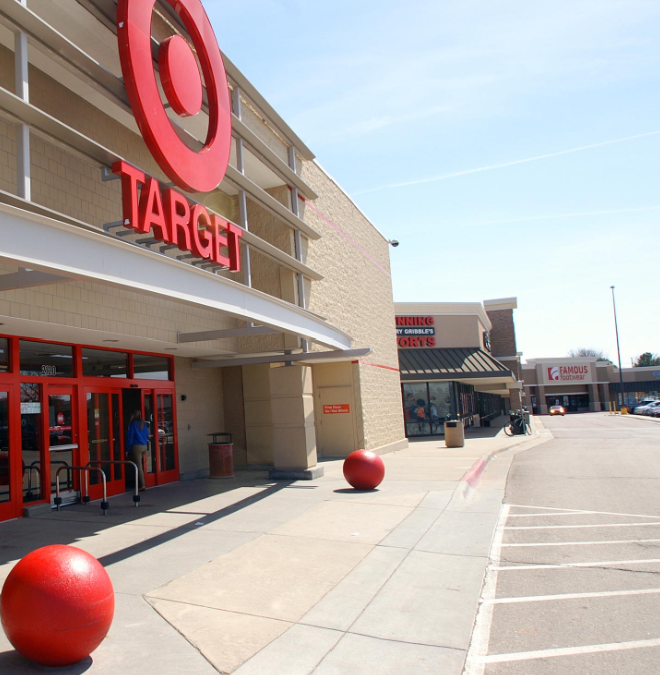Retail stores are not only losing money from theft, but they are also losing out on potential sales. When shoppers see that a store has been vandalized or that there is litter around, they are less likely to want to visit that store. This can lead to a decrease in foot traffic and ultimately, a loss in sales.
There are many ways that retail stores can lose money from theft. One of the most common ways is through shoplifting. Shoplifting is when someone takes items from a store without paying for them. This can be done by hiding items in bags or clothing, or by simply walking out of the store with the items. According to the National Retail Federation, shoplifting costs retailers billions of dollars each year.
Another way that retail stores lose money from theft is through employee theft. This is when employees of the store take items without paying for them. This can be done by ringing up items as “void” or “returns”, or by giving friends or family discounts that they are not entitled to. Employee theft is often more difficult to catch than shoplifting, as employees have access to areas of the store that customers do not.
Target recently reported that the retail store lost over $400 million in gross profits due to “organized retail crime”; and it’s getting worse. Crime rates continue to skyrocket in the United States and Target is not the only retail store affected.
Another way big retail stores are losing money is “popup e-commerce stores” that are popping up all over the internet selling exact, cheaper made replicas of items sold in retail stores causing a shift in buyer loyalty; but are these cheap spinoffs of higher priced brands really worth it? The consumer seems to believe so; and it’s crushing bigger brands.
Retail stores are losing money from theft in many different ways. The most common forms of theft are shoplifting and employee theft, but there are other ways that stores can lose money as well. It is important for retailers to be aware of these different types of theft and to take steps to prevent them. By doing so, they can help reduce losses and increase sales.
